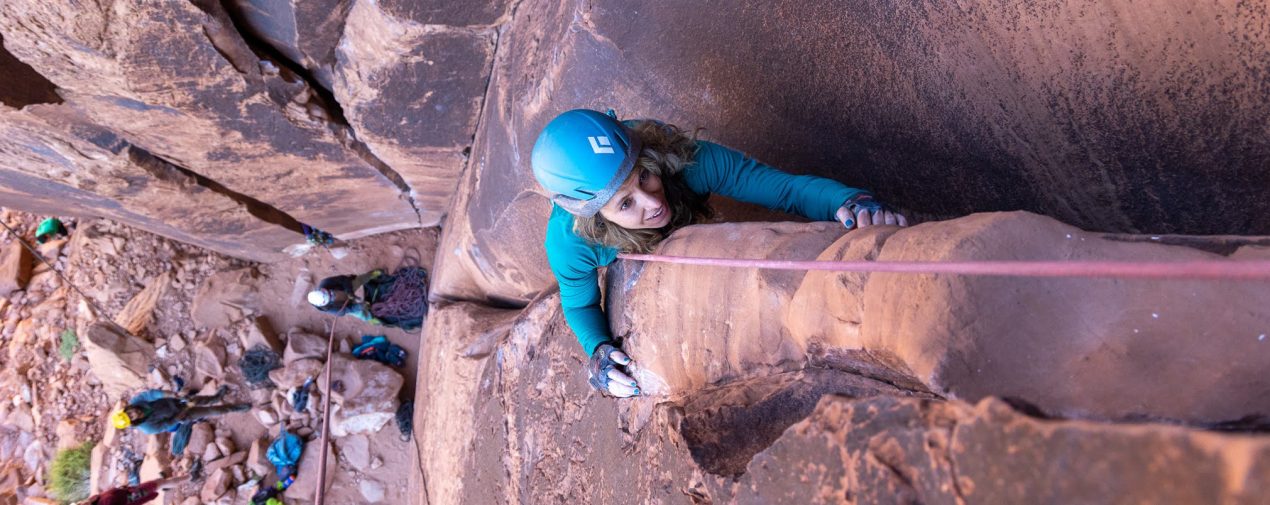Climbing Outside 101: A Beginners Guide to Celebrating Rocktober
How to get started rock climbing? It seems intimidating; scaling walls, managing rope systems, deciphering climber jargon… But worry not! Climbing doesn’t have to be a frightening challenge. Learning how to climb can be a fun journey. With “Rocktober” here there will be hundreds of fresh faced climbers looking to get into the sport, so you’re not alone!
Follow along our helpful guide to get yourself mentally and physically prepared for climbing outside the first time.
The STOKE (stoke is no joke)
It’s often said in climbing that “the stoke is no joke”. Meaning that no matter what, you need to want to be here. Not only that, you need to be excited about being outside and climbing. If you look up at the wall with dread, or you feel a pit in your stomach every time you think about climbing, maybe consider that this sport isn’t for you. When you get to the crag you should be STOKED about the day. If you’re not, that’s ok, but don’t push yourself to do something that you’re not excited to do.
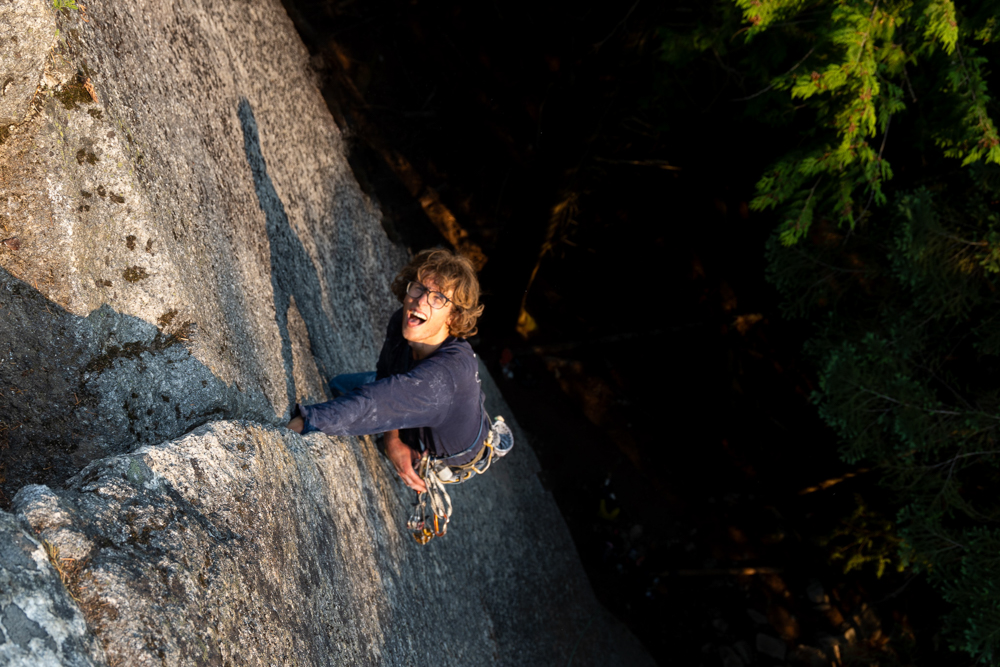
A Place to Climb
Now that you’re STOKED, do some research. What crags are nearby? What climbs are you excited about trying? Mountain Project is a great free resource for finding places to climb outdoors. If you’re still not sure, check out your local climbing gym and ask around for guidebooks made for nearby areas. Better yet, make your way to an outdoor store and ask about the climbing nearby. Almost everywhere you go you’ll find helpful people looking to get guidebooks into the hands of new climbers.
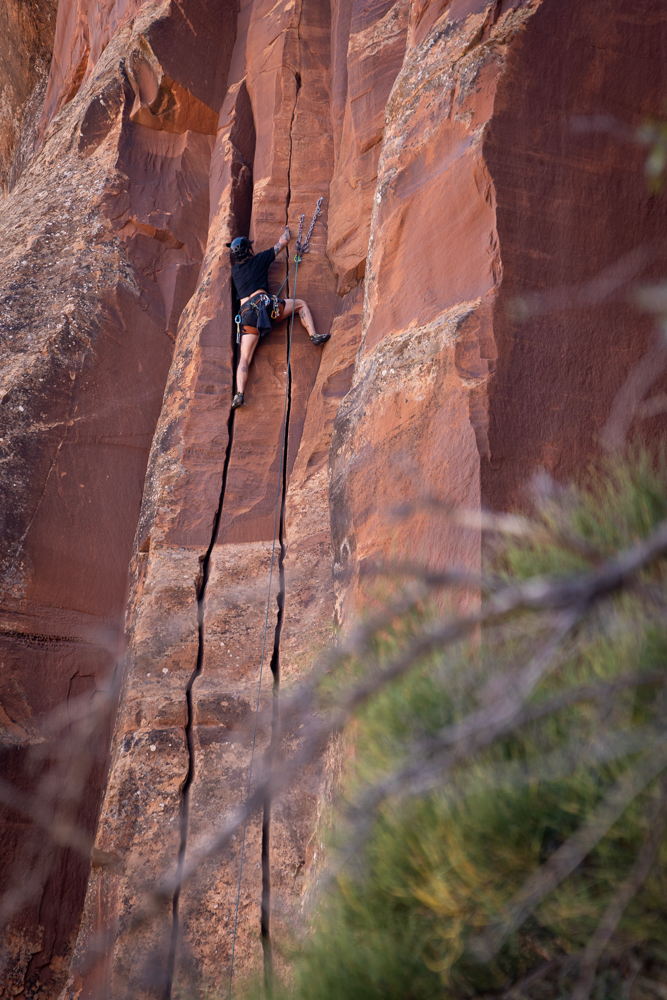
The Ethics
If you’ve climbed inside before, but never outside, there are some differences you’ll want to keep an eye out for. Most prominently:
- Plan ahead and prepare (know where you’re going make sure to bring the right gear!)
- Travel and camp on durable surfaces (stay on trail and don’t break ground on new campsites)
- Dispose of waste properly! (don’t throw food waste into the bushes, and make use of pit toilets!)
- Leave what you find (don’t bring fossils or arrow heads home with you)
- Minimize campfire impacts (if you are camping, ONLY have a fire in a designated fireplace)
- Respect wildlife (don’t feed the animals)
…And finally:
- Be considerate of others. (don’t play music loudly, and share the crag!)
If those seven bullet points sounded familiar to you, it’s because they are the Leave No Trace Principles. What most of this boils down to is making sure you preserve and protect the environment around you. Climbing ethics can vary by location, but following the LNT principles will set you up for success no matter where you are.
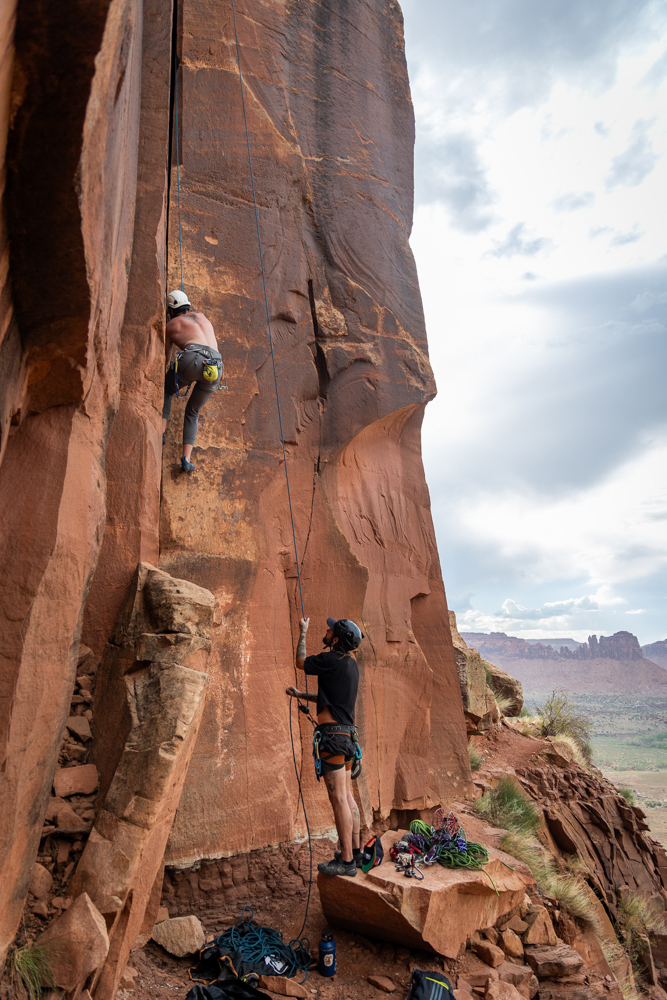
The Right Gear
Rack, rope, harness, chalk bag, shoes, helmet, lunch. This is the mental list we should all tick through before we start out for a day of climbing.
- Rack: meaning the quickdraws or the trad gear you’ll need to climb with today.
- Rope: a climbing rope. Specifically a dynamic climbing rope!
- Harness: a rock climbing harness that fits you snugly! Anything too big or too small can be dangerous.
- Chalk bag: Just a bag to hold your chalk. Chalk is necessary to keep your hands dry. (double check to see if the place you’re climbing requires colored chalk like they do in Arches National Park)
- Shoes: Shoes made specifically for outdoor climbing will be most beneficial for your Rocktober endeavors.
- Helmet: Climbing helmets are super important! Rock fall is one of the biggest concerns for climbers, so protect your head!
- Lunch: I won’t tell you what to bring, but you definitely want to bring lunch and enough water to get you through a long day.
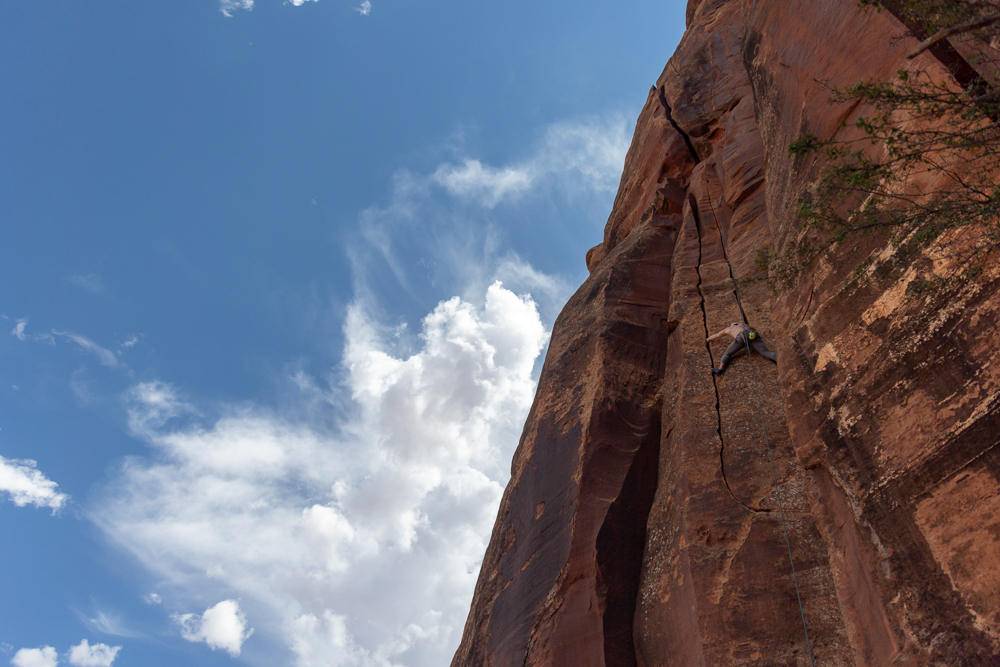
A Supportive and FUN Crew
Finally, make sure you’re climbing with folks who are just as excited to climb as you are. You want to surround yourself with climbers who are supportive of your successes and comforting around your fears. Climbing can be a high emotion sport, particularly when you’re just getting started. If the people around you can’t roll with the punches and make you laugh when things get hard or scary, then you should find other climbing partners. You should NEVER feel like you have to climb something you don’t want to climb.
PRO TIP: If you’re looking for someone to teach you how to climb, it is recommended to hire a climbing guide or take classes at a climbing gym. Learning from friends is great, but it’s always good to be safe and hire a professional.
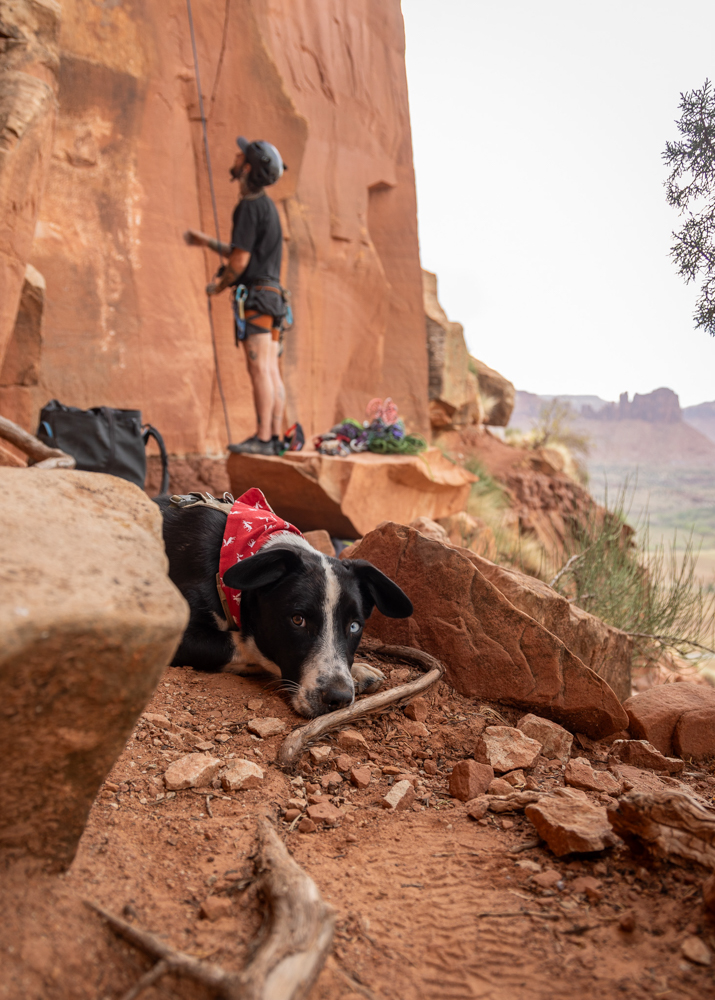
Rocktober is here, and with it will come all the highs and lows that climbing brings us. If you can follow the above steps, and remember that above all else climbing should be fun, then you’re well on your way to a great time. Enjoy climbing and stay safe out there!
All Photos Credit To: Kaya Lindsay
About the Gear Tester
Kaya Lindsay is a writer, photographer, and filmmaker with a passion for rock climbing and the outdoors.
In 2016 she converted a Sprinter Van into a tiny home and has been traveling around the US & Canada to pursue her passion for rock climbing. Since hitting the road she has begun a career in filmmaking and is currently working on her One Chick Travels series, highlighting solo female travelers who live and work to pursue an adventurous lifestyle. Her films have been highlighted by major brands such as Backcountry and Outside TV. To fulfill her passion for writing, she chronicles her many adventures in her blog. Professionally, she writes for the adventure sports company Outdoor Prolink and The Climbing Zine. Kaya hopes to spend many more years in her tiny home on wheels, Lyra, and is currently living in Moab Utah.

